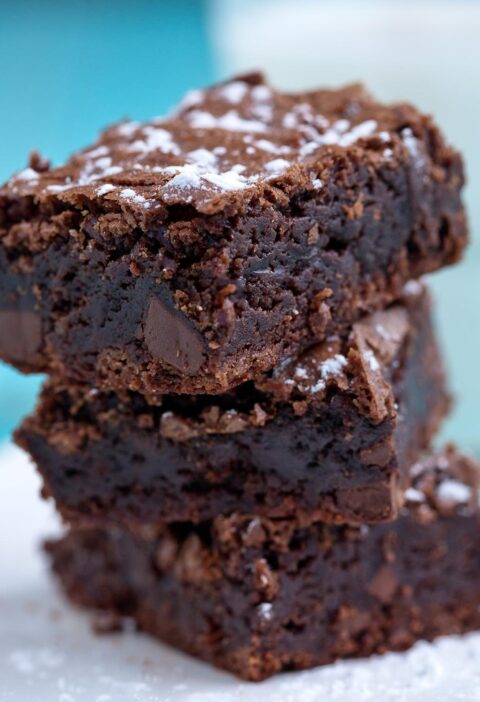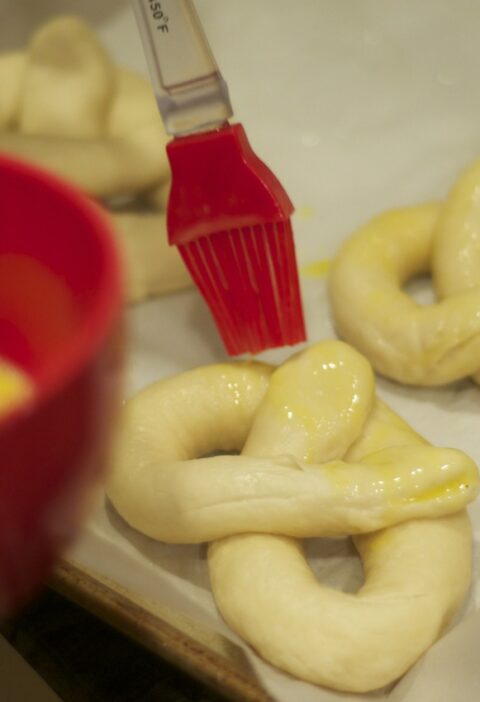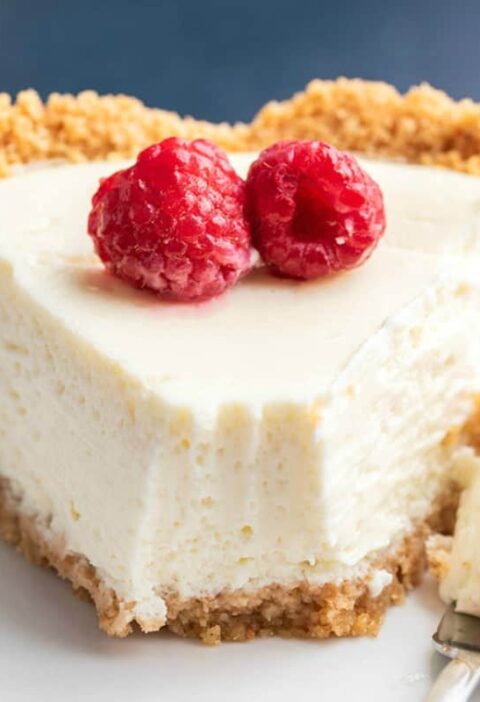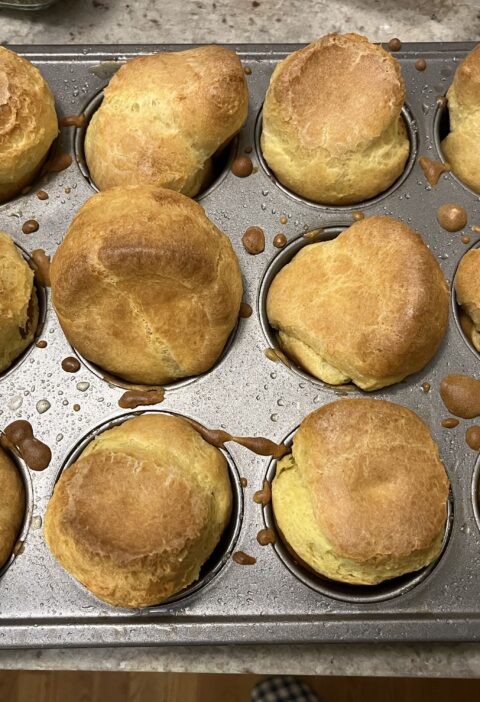Some cooks swear by cream of tartar as their secret ingredient to achieve the perfect macaron- but what exactly is this mysterious powder, and how does it work its magic?
Cream of tartar, also known as potassium bitartrate, is an acid salt that is created during the winemaking process as a byproduct5. In most recipes, it either stabilizes egg whites, prevents sugar crystallization, or in our case, does both at the same time.
Many desserts rely on gluten formation to provide structure, but macarons are unique in that they are naturally gluten-free. So if macarons don’t rely on gluten for structure, where does it come from? The answer: egg whites! Egg whites contain proteins that can denature and coagulate, forming a solid structure when beaten. However, the proteins are sensitive to pH changes, and if the pH of the egg whites is too high or too low, they won’t form a stable structure.
That’s where our cream of tartar comes in. By adding cream of tartar to the macaron batter, the pH of the egg whites is lowered, making it easier for the proteins to denature and coagulate6. This creates a stable foam that can hold its shape and trap air bubbles (also known as a meringue).
While cream of tartar plays an important role in forming the meringue for macarons, it also interacts with sugar in a unique way. Sugar easily crystallizes when heated, leading to a grainy texture in baked goods. However, cream of tartar can help prevent sugar crystallization by creating an acidic environment that interferes with the sugar crystals’ ability to form1. Cream of tartar helps to ensure that the sugar is well-distributed throughout the meringue mixture, and ultimately ensures that our macarons will have smooth, shiny tops after coming out of the oven.
Adding cream of tartar to a macaron recipe is a simple but effective way to stabilize egg whites and prevent sugar crystallization. By understanding the scientific principles at play, bakers can create perfectly light and fluffy macarons every time.








